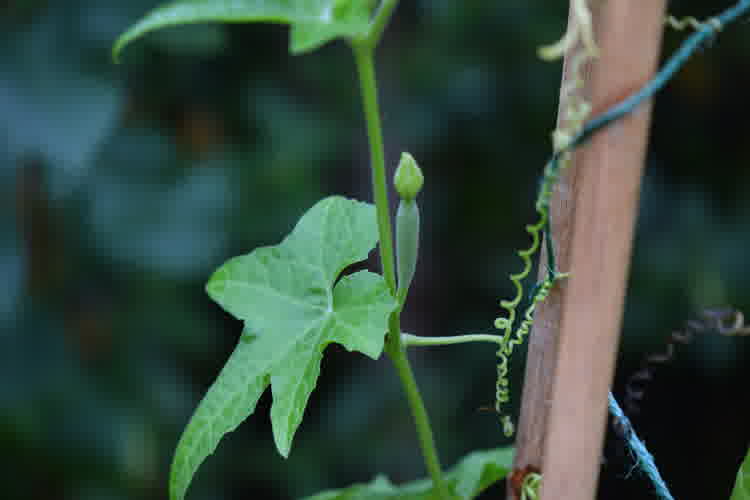
Harvesting Lupin Seeds
It's July, and the lupin seeds are ready for harvest. Collecting lupin seeds is a simple and cost-effective way to add more plants to your garden. In this post, I'll share with you how I collected and store my lupin seeds.
Table of Contents
What are Lupins?

Before we get into it, let's briefly discuss what lupins are.
Lupins are perennial flowering plants known for their vibrant colours and striking flower spikes.
They're an attractive addition to any garden and are well suited to a cottage garden scheme or border.
The unmistakable flower spikes can be solid or bi-coloured, and there's a wide range to choose from.
If you want to know more about lupins, be sure to check out our guide on growing lupins.
Now that's covered, let's move on to harvesting the seeds.
When to Harvest?

Your lupin seeds should be ready to harvest once they look similar to the above image.
If you haven't deadheaded your lupins, this is typically between late June to August. However, if you have deadheaded the first flush of flowers, the second set will likely be ready to harvest from late August onwards.
To tell if your seeds are ready to be collected, the petals will be long gone, and the seed pods should be brown to black in colour, covered with delicate white "hairs."
If the pods are mostly still green, they're not ready to harvest. You should give them more time on the plant to mature.
How to Harvest?

As mentioned earlier, harvesting lupin seeds is an easy, straightforward process.
You can either cut the now-spent flowering spike at the base while keeping the seed pods attached or remove individual seed pods from the spike. The latter may be preferable if you want the plant to self-seed in place.
Lupins will readily self-seed on their own accord, so if you plan to add more lupins to the same spot, you can always leave it up to nature.
You'll want a pair of snips or secateurs on hand when removing the entire flower spike. However, individual pods can be collected by hand.
How to Store?

Once you've collected your seeds, you'll want to store them for later use.
When it comes to storing seeds, some care and proper attention are required, or you may come back to find your seeds have gone mouldy.
The first thing to do is separate the seeds from the chaff. Chaff is the husks, casings and other plant material left with the seeds.
After removing the chaff, the seeds need to be dried. The seeds do not have to be placed in direct sunlight to dry, but this will speed up the process.
Storing the seeds in airtight containers, such as plastic or glass containers with lids, before they have been allowed to dry will encourage mould to grow.
I spread my seeds onto paper towels and placed them on the window sill to dry. I'll be leaving them there for at least two weeks before storing them.
As I plan to sow these lupin seeds the following spring, I'll simply put the seeds into paper bags and label them. Then store in a dry, dark cupboard. If you plan on storing your seeds for longer, it would be advisable to place them in airtight containers. However, you must ensure all moisture has evaporated from the seeds.
It's worth noting that lupins are often not true to seed, meaning the new plants may not be identical to the parent plant. As such, you may get a mix of colours with the new plants.
Summary
Well, there we have it. Collecting lupin seeds is a straightforward, fun task, and when stored correctly, the seeds can last for years.
I'll be looking forward to sowing these in spring to add more colour to my garden next year.
I've put together a short Instagram reel of me harvesting my lupin seeds. Be sure to watch, like, and follow for more content on all things gardening!





